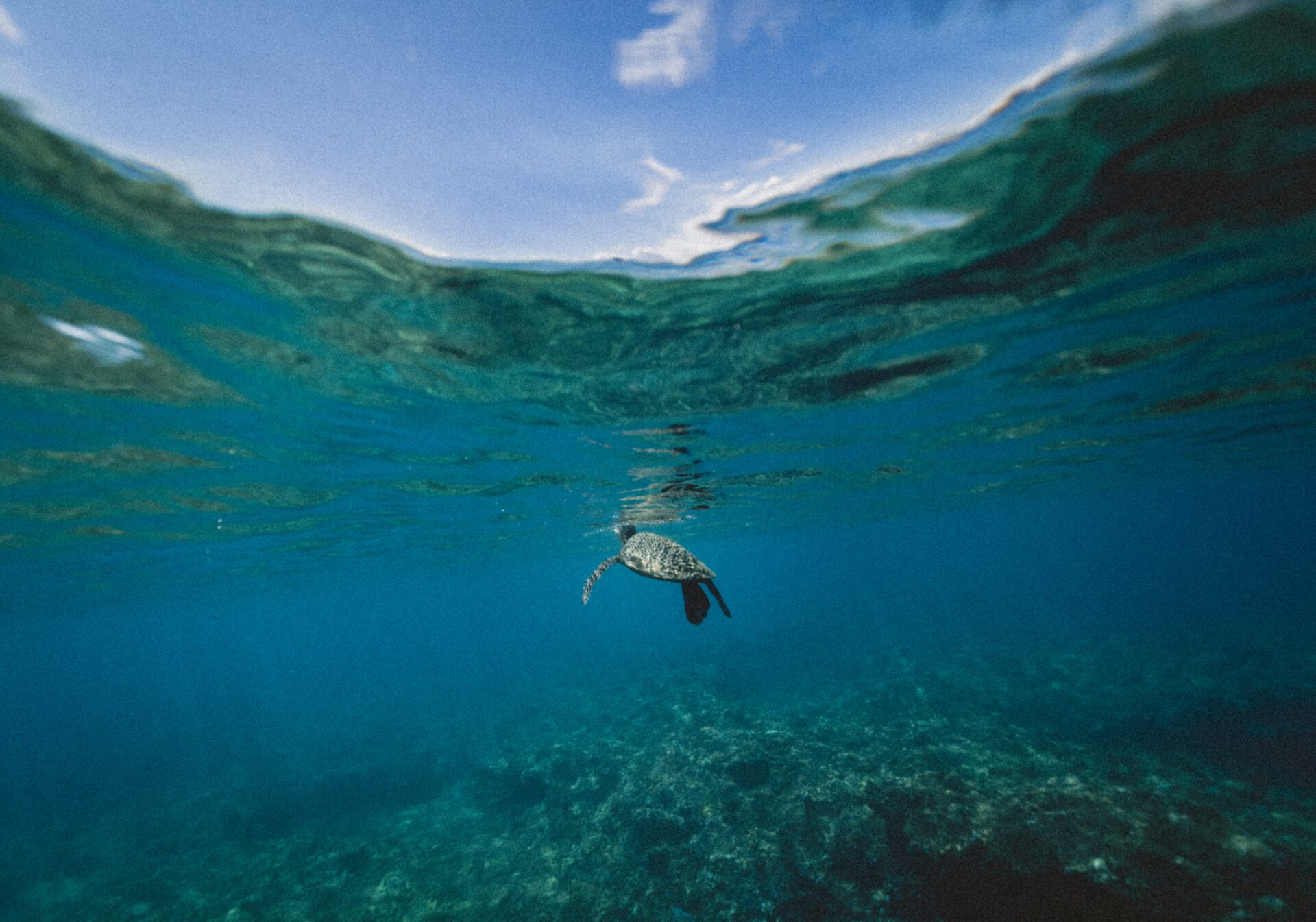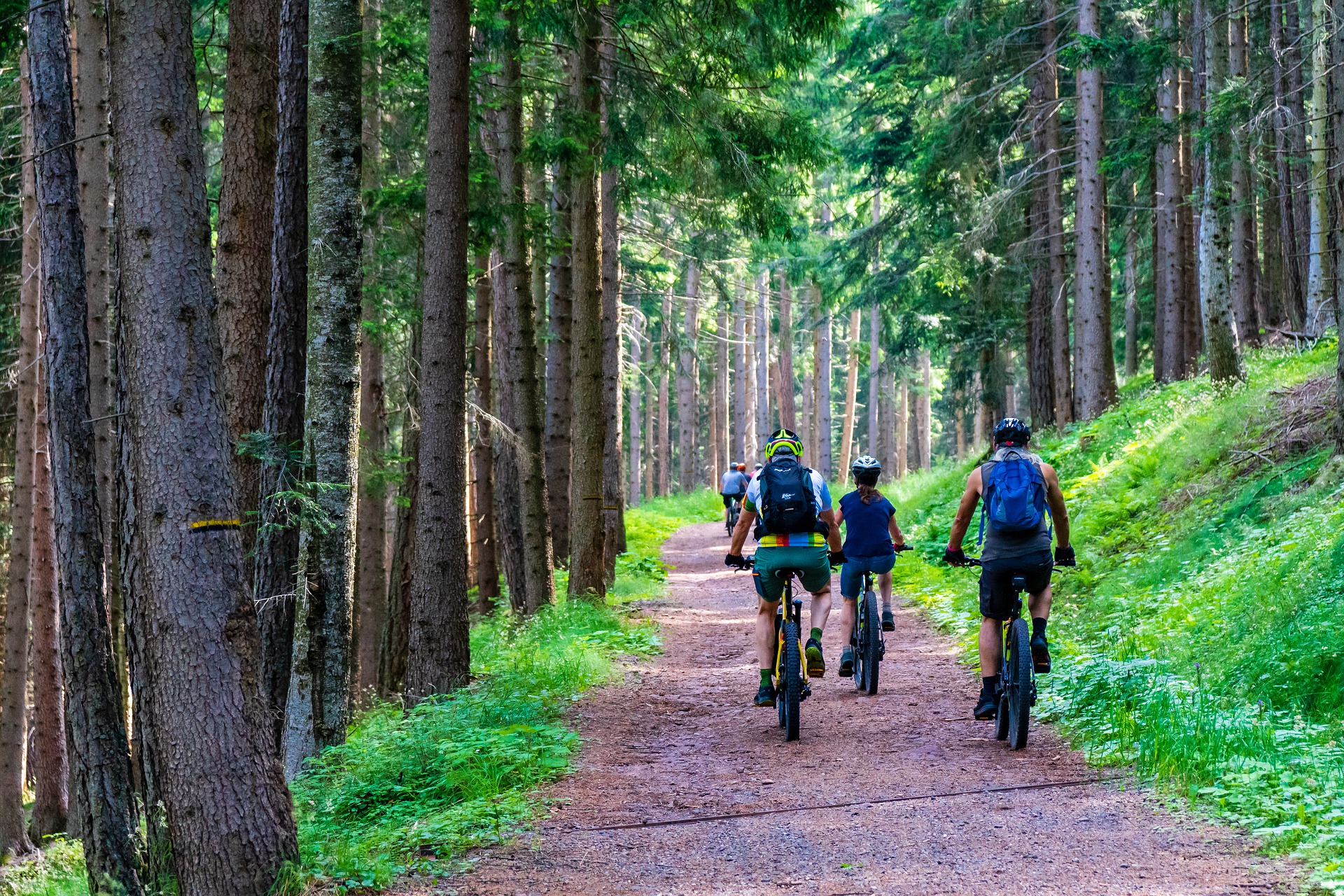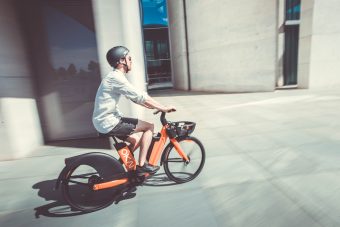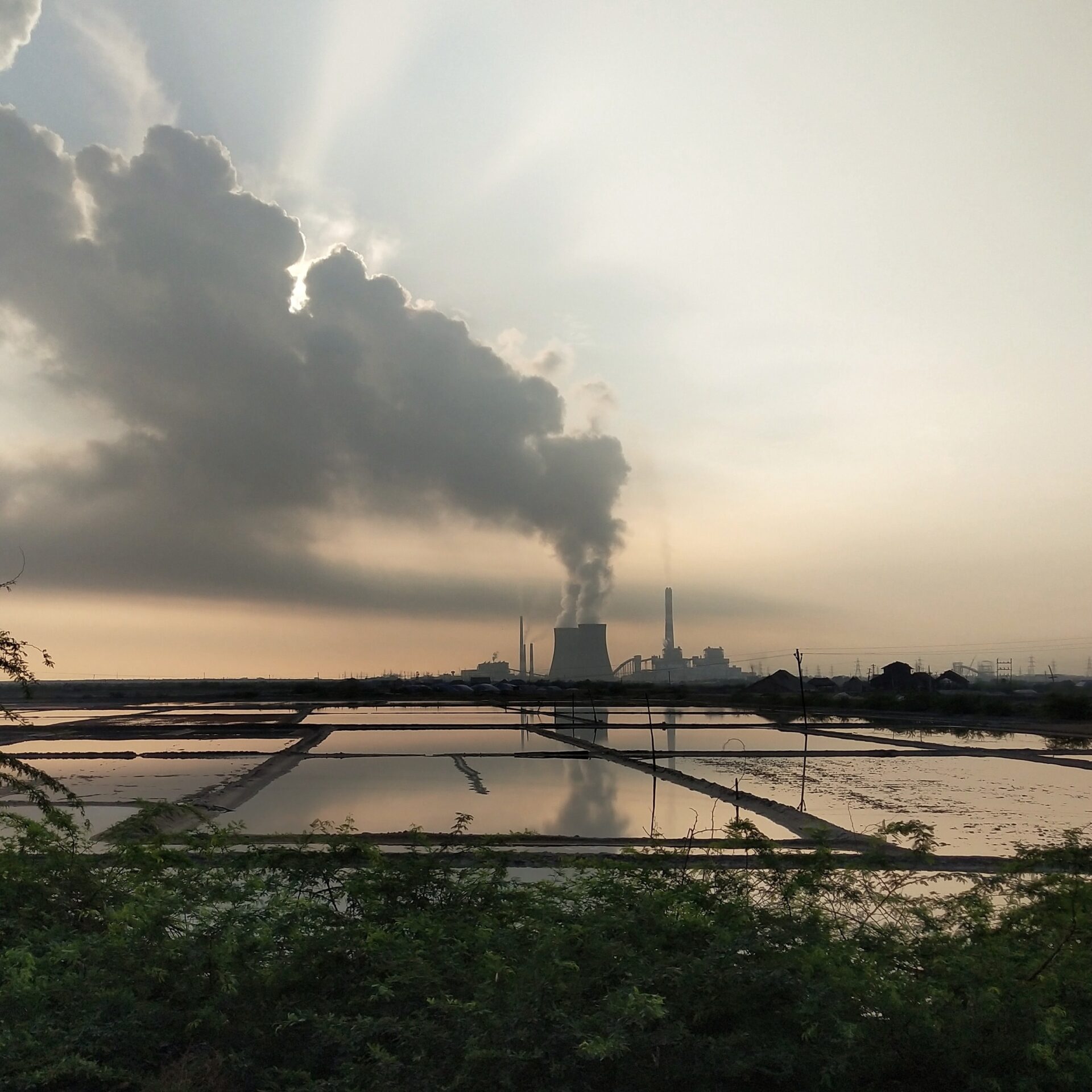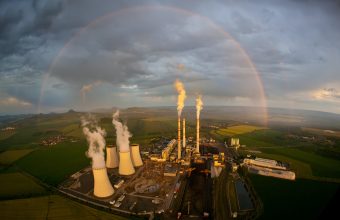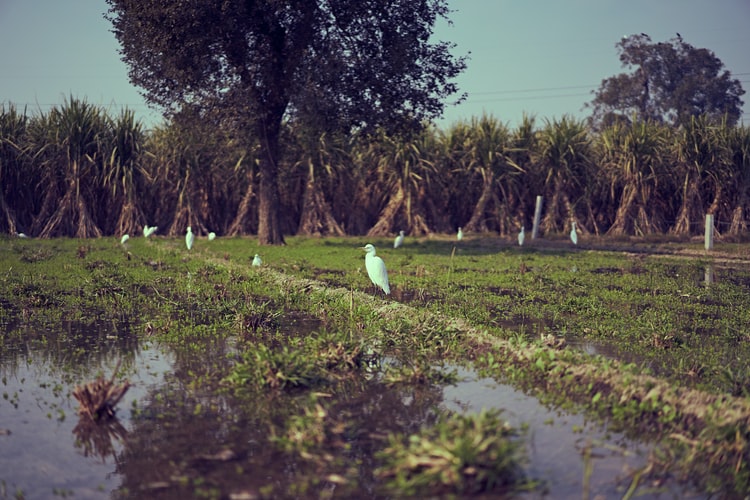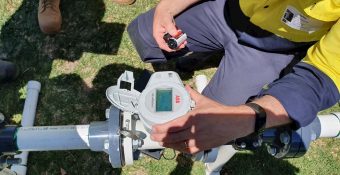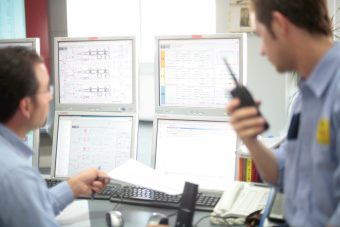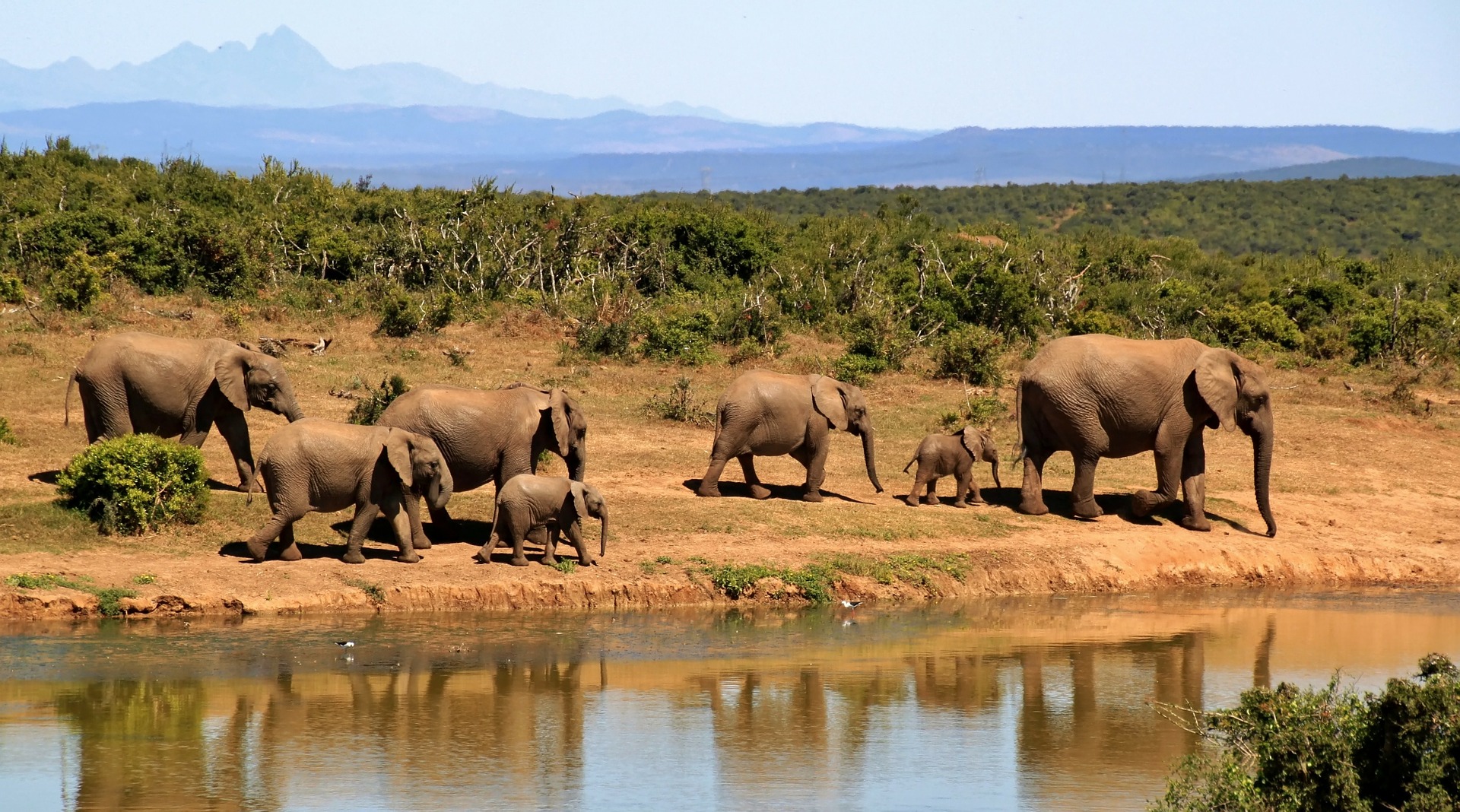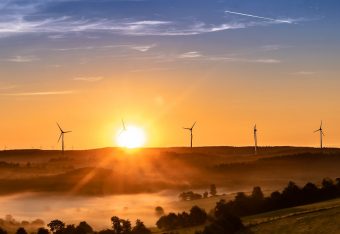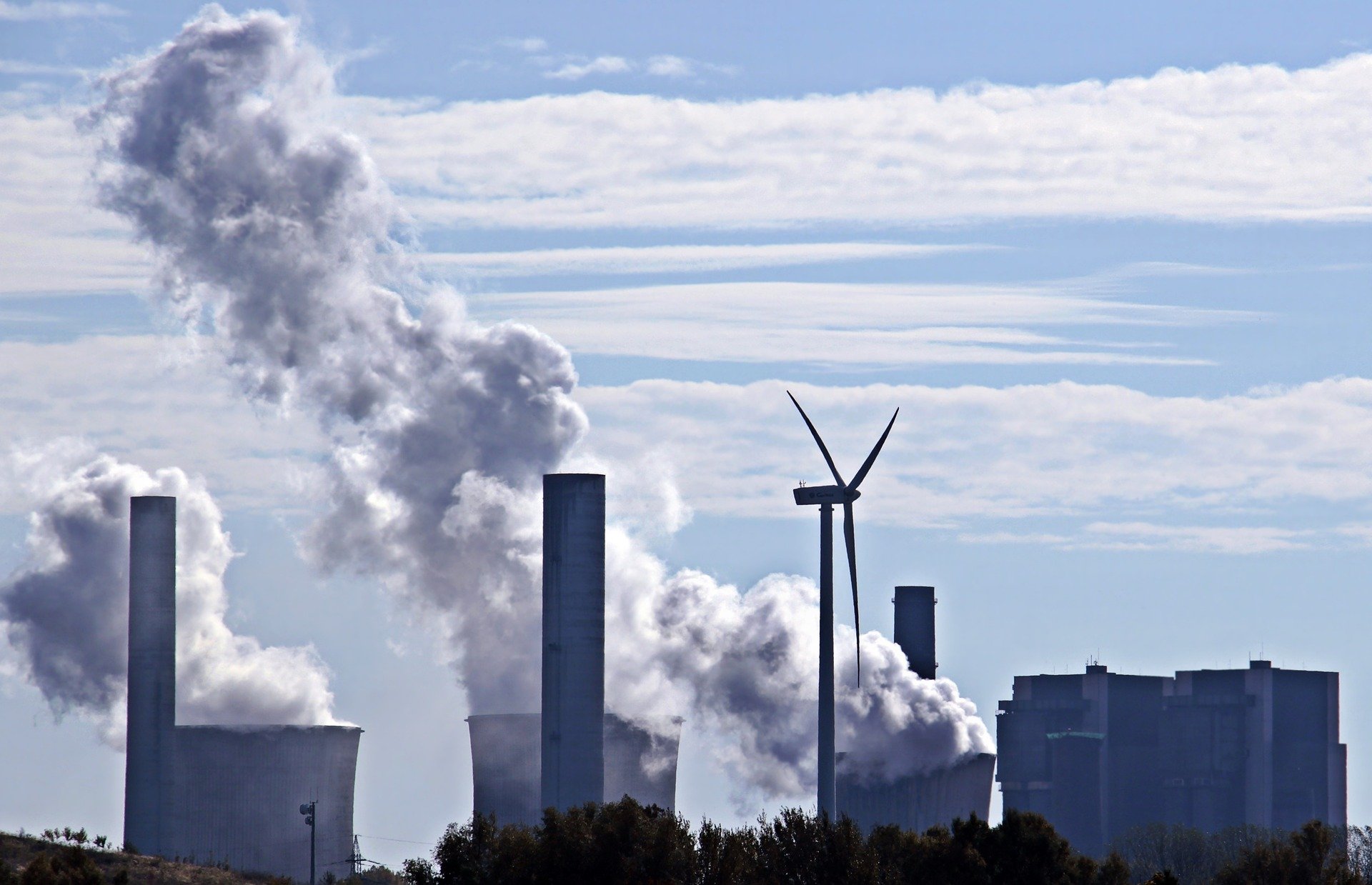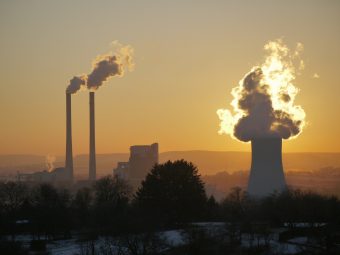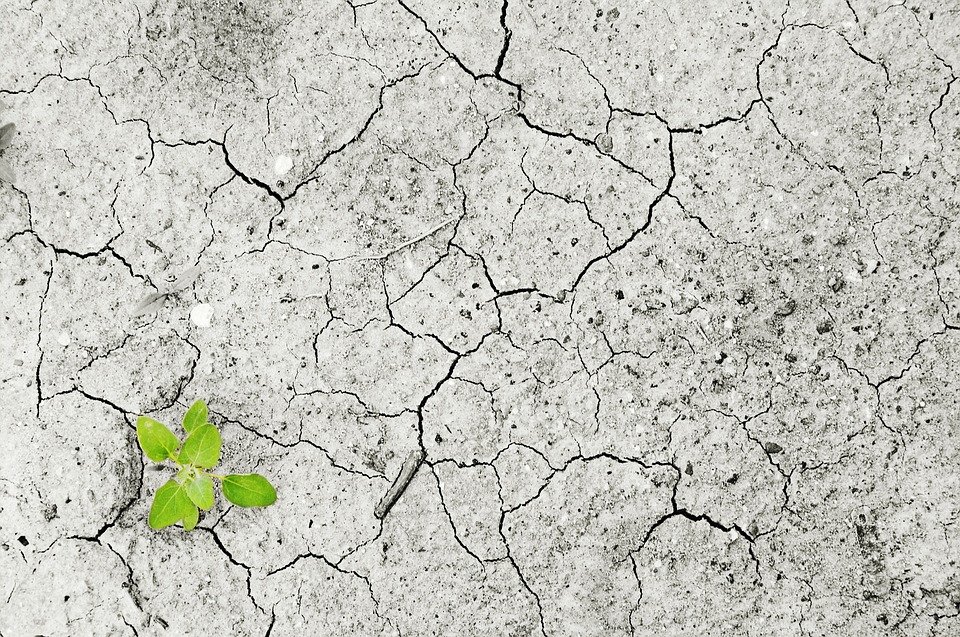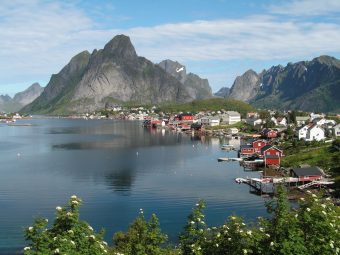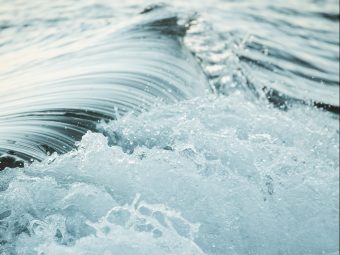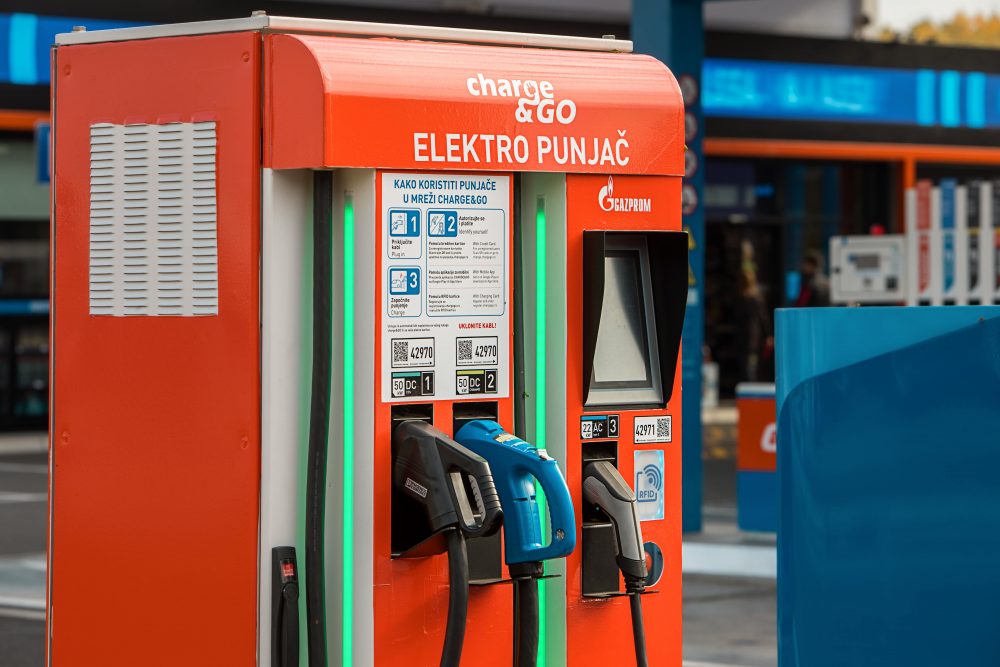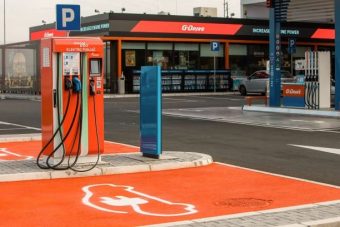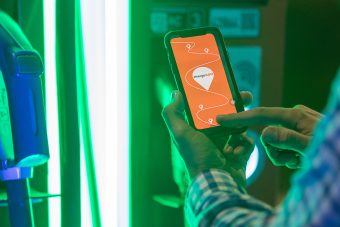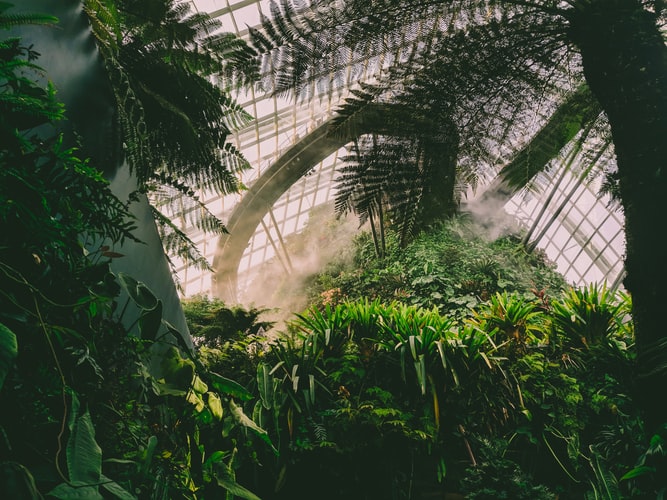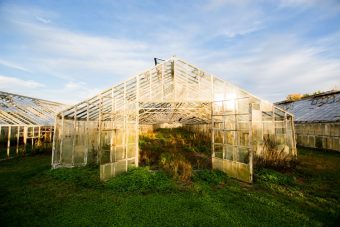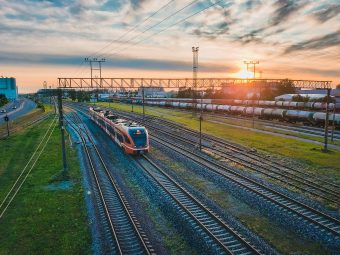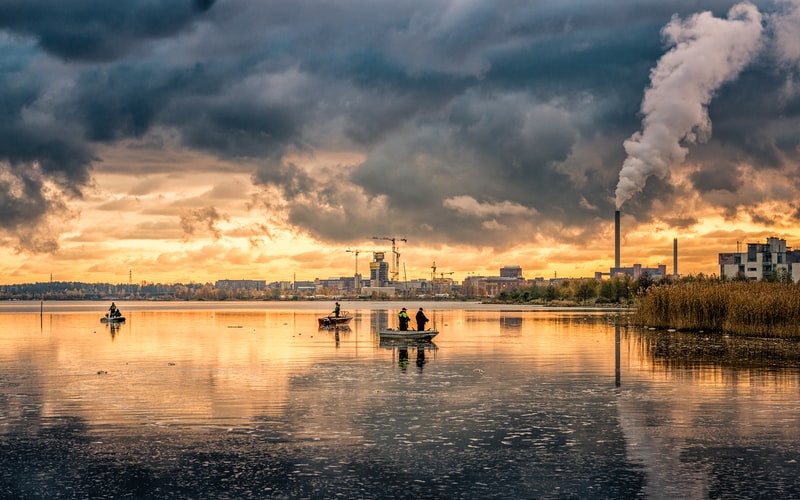
The EEA briefing Multiple pressures and their combined effects in Europe’s seas summarises the results of a spatial pressure assessment by the EEA and its European Topic Centre on Inland, Coastal and Marine waters (ETC/ICM), which shows that a wide range of human activities at sea and on land cause pressures on Europe’s seas.
Nearly all of Europe’s marine area (93 percent) is under various pressures from human activities and there is hardly any part of this area that is not affected by at least two of such pressures, the EEA briefing shows.
According to the EEA briefing, the main pressures, including pollution, loss of habitats and disturbance from demersal fisheries that are most intensive along the coast and in the shelf areas.
More:
Climate change adds to the concerns over the resilience of marine ecosystems.
The EEA briefing shows that the most extensive effects are in the coastal and shelf areas of the North Sea and, partly, in the Baltic Sea and Adriatic Sea.
Serious effects were found in the narrow shelf areas of the western Mediterranean Sea. Major data gaps in the assessment were identified in the Mediterranean and Black Seas.
The growth of the EU’s maritime economy is leading to increased competition for marine space and resources. For human activities on land and sea to be sustainable, they need to be decoupled from the degradation of marine ecosystems, the EEA briefing states.
Source: EEA


